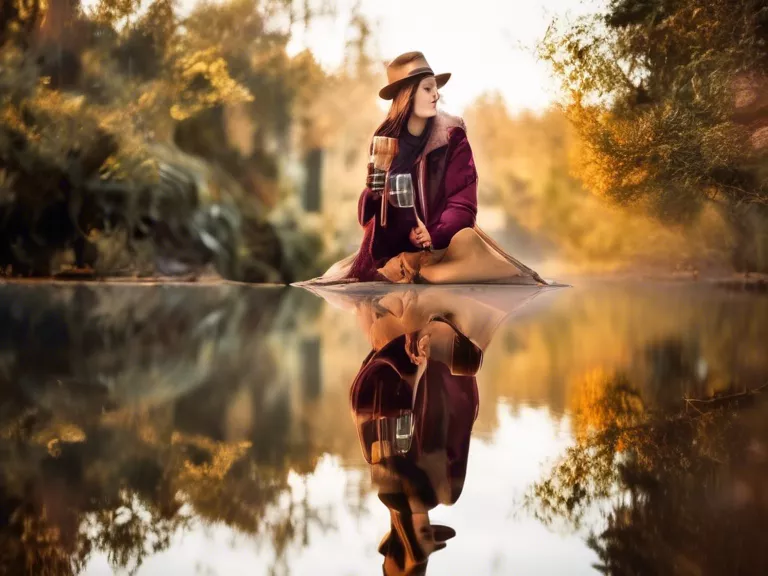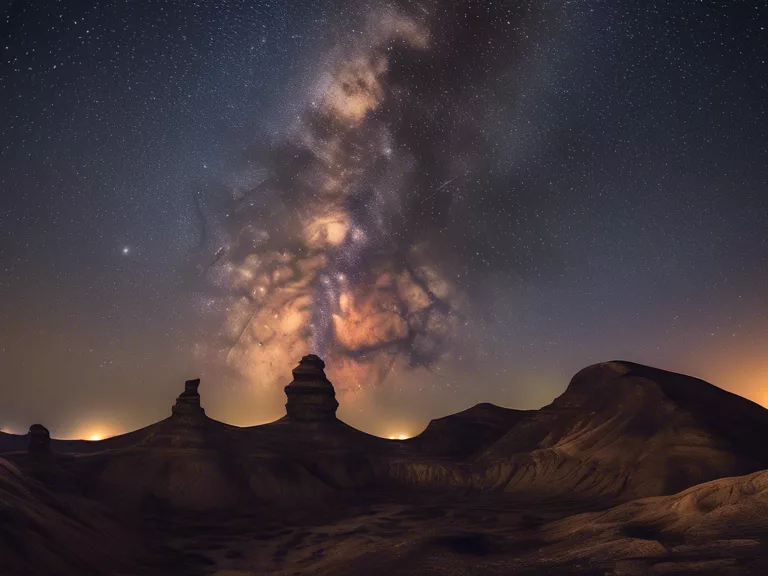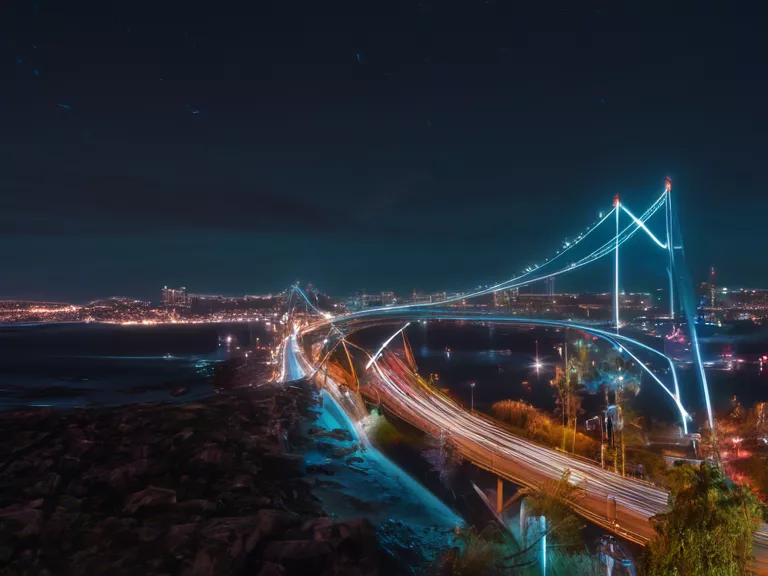
Negative space, often referred to as white space, is a crucial element in minimalist photography. By incorporating negative space into your compositions, you can create powerful and visually striking images that evoke a sense of simplicity and elegance. In this article, we'll explore how you can effectively use negative space to achieve a minimalist photography aesthetic.
First and foremost, it's important to understand the concept of negative space. Negative space is the area around the main subject in an image that is left intentionally blank or unoccupied. This empty space serves to highlight the subject and draws the viewer's attention to it. In minimalist photography, negative space is often used to create a sense of balance and harmony in the composition.
One way to use negative space in minimalist photography is to focus on a single subject against a clean and uncluttered background. By placing the subject off-center and allowing plenty of negative space around it, you can create a sense of isolation and solitude. This simple yet impactful composition technique can help you convey a mood or emotion in your photographs.
Another technique for using negative space in minimalist photography is to emphasize symmetry and geometry. By positioning your subject in a way that takes advantage of the surrounding negative space, you can create a sense of harmony and order in your images. This approach can result in visually striking compositions that are both calming and aesthetically pleasing.
In conclusion, negative space is a powerful tool that can enhance your minimalist photography and help you create compelling and memorable images. By understanding the concept of negative space and experimenting with different composition techniques, you can elevate your photography to a new level of sophistication and elegance.



